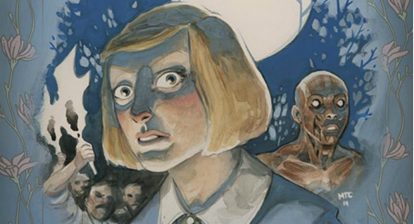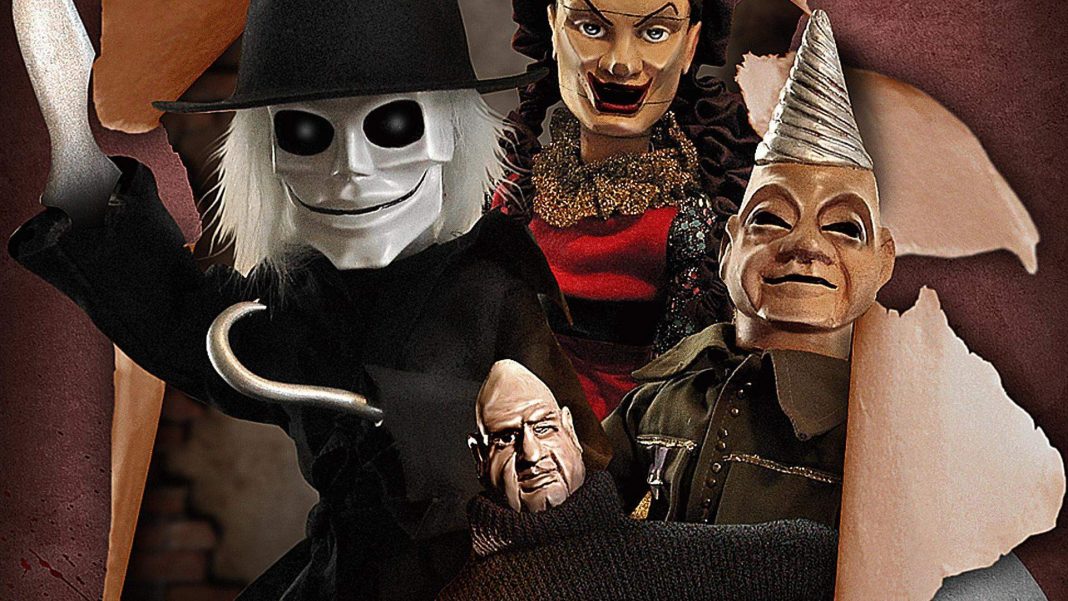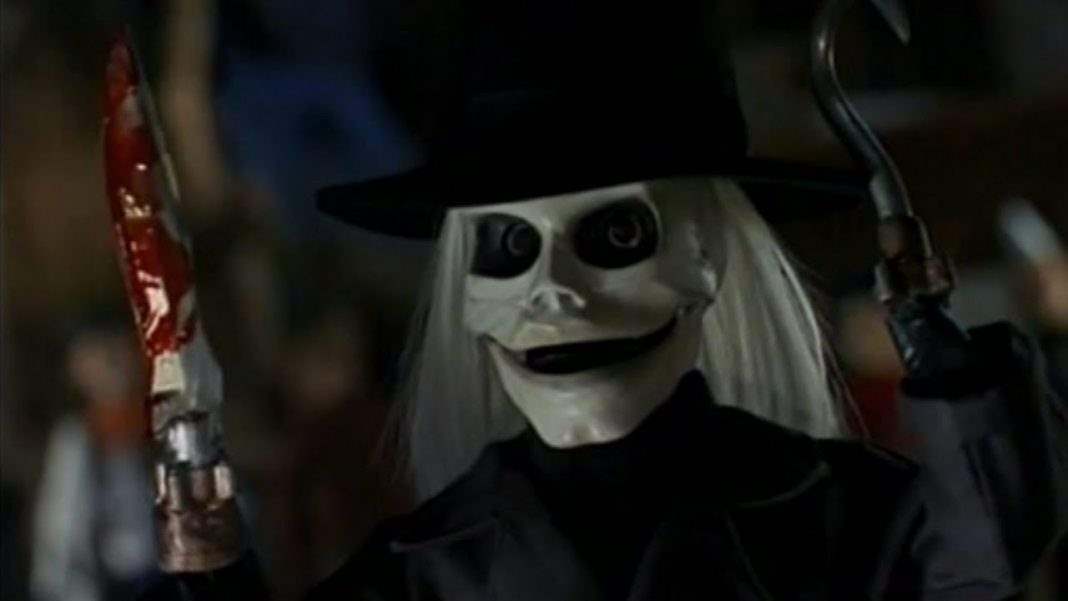The flagship Valiant character is resurrected for a new (and exceedingly bloody) reboot series. Does it succeed where other revamps haven’t?
Shadowman is a character that’s gone through quite a few changes over the years. When the Valiant Comics staple hit newsstands in the early 1990s, the character was essentially a supernatural Wolverine clone, complete with one of the gnarliest mullets of the grim and gritty era. By the time the character was starring in his own video games on the Dreamcast and Nintendo 64, though, Shadowman had morphed into something of a Vin Diesel/Buffy the Vampire Slayer type uber-hero, albeit with backstory that was a bit too opaque for its own good. And the less said about the zombified “Zero” take on the character from the late 1990s, trust me, the better.
The latest Shadowman incarnation, however, comes to us from the tag team of writer Culen Bunn and artist Jon Davis-Hunt — two long-established, well-versed horror comic regulars. While their take on cult hero Jack Boniface pays some homage to the earlier incarnations of the character, the latest and greatest Shadowman also has his fair share of dissimilarities with his predecessors. It’s not quite a total reconstruction of the Shadowman mythos, but it nonetheless feels like a hefty overhaul of one of Valiant’s flagship characters.
The gist of the Shadowman mythology remains intact. The primary setting of Shadowman #1 is still New Orleans and our protagonist is still primarily concerned about playing gatekeeper between “our” world and the voodoo-tinged “Deadside” nether realm, where all sorts of ghastly and gruesome demonic creatures can’t wait to escape and cause bloody havoc. The protagonist has received a considerable cosmetic facelift, with a very Dia de los Muertos-ish skeletal visage. From the outset, though, it’s a little unclear what the scope of Shadowman’s powers actually are — needless to say, a series so rooted in the supernatural is expected to leave a lot of the early exposition shrouded in mystery.
What isn’t downplayed, however, is the amount of guts and gore splashing around the panels. This revamped Shadowman definitely doesn’t skimp out on the blood and carnage, with the gruesome, demonic mayhem easily reaching the lofty heights of the first two Hellraiser movies. So if you have an aversion to exposed intestines and skin ripping, you might want to head into issue one with an empty stomach.
The artwork from Davis-Hunt and colorist Jordie Bellaire is quite solid, and a lot cleaner and crisper than you’d expect a comic with such a penchant for the grisly and macabre to be. Factoring in the impeccable lettering from Clayton Cowles and you have an aesthetic experience in Shadowman #1 that, at times, feels fairly reminiscent of the best works from Mike “Hellboy” Mignola and Mike “Madman” Allred.
Considering it’s just the first issue, it’s a little bit harder to objectively gauge the quality of Bunn’s storytelling. As mentioned earlier, a lot of the keener details of the Shadowman mythos are intentionally left unclear — complete with an issue 2 hook I’m not going to spoiler-ize for you here — so some readers may hop into this thing completely befuddled by what’s going on. That said, Bunn does a pretty good job of summing up the gist of Boniface and the Shadowman concept, so it’s not completely inaccessible to those who have never heard of the character before, either.
One thing I really liked about issue one is how it isn’t afraid to touch upon some contentious sociopolitical issues — and, thankfully, in a non-preachy way, to boot. Without giving away too much of the story, let’s just say that the primary villains in Shadowman #1 bear an uncanny resemblance to a certain spirit–cooking contingency of the Washington, D.C. elite (although, canonically, it’s the southern Louisiana elite we’re talking about here, but you know what they’re getting at.) With all of the Pizzagate and QAnon riff-raff flooding social media, it appears that American society as a whole is on the verge of another Satanic Panic — which, if nothing else, should certainly give the writers of Shadowman ample material to skewer and satirize in upcoming issues.
My only major complaint about Shadowman #1 is that it’s perhaps a bit too serious for its own good. Granted, nobody wants to see the property slide into self-parody, but there are certain elements of the narrative — mainly, the protagonist’s Frank Miller-esque grim-and-gritty inner dialogues — that just don’t vibe or gel with the rest of the story. Again, it’s a fine line to toe between biting satire and goofy hijinks, but I think the series and the intellectual property could benefit immensely from a tad more humor.
I can’t say that Shadowman #1 is a truly revolutionary experience, but I nonetheless feel as if the groundwork for a solid comic series has been established here. Considering the racial, social and political undertones that the New Orleans backdrop provides, the series definitely has the potential to tread into some interesting and challenging waters that Marvel and D.C. simply doesn’t have the intestinal fortitude to traverse. As a stand-alone superhero-horror hybrid, though, we’ll just have to wait and see if this relaunched Shadowman succeeds where oh-so-many retoolings of Spawn and Ghost Rider have faltered.
But do keep your eyes on this one, folks — this is a rare comic I.P. reboot that actually looks like it has more of an upside than potential for disappointment.
Wicked Rating: 7 / 10



